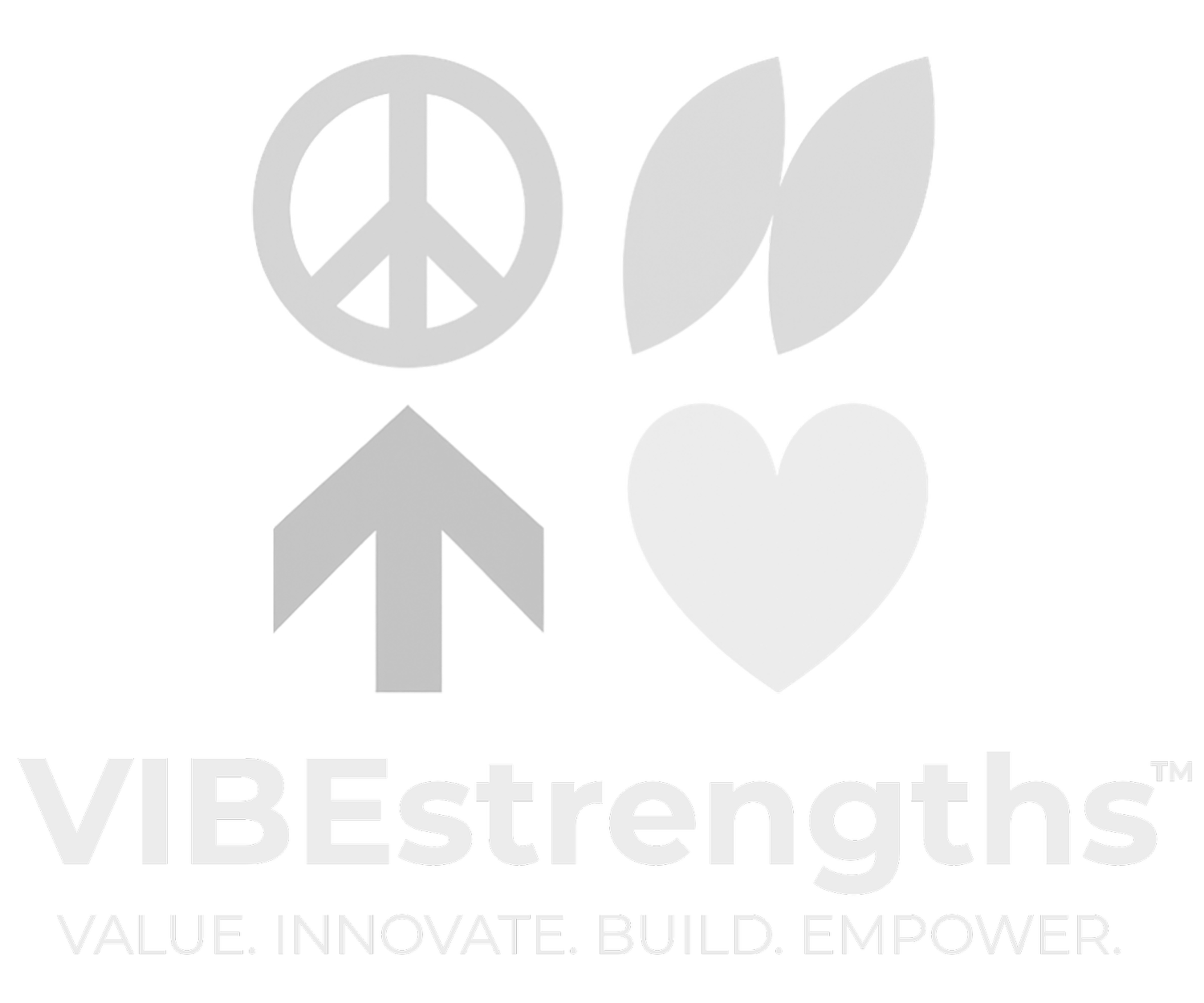The AI Strengths Coach
A Convergent Mixed-Methods (Qualitative Primary) Study Comparing Human-Led, AI-Only, and AI-Augmented (Hybrid) Coaching Modalities
Research Proposal Presentation
June 25, 2025
Research Problem
The Challenge
- Workplace Transformation: 40% of US workers are in hybrid/remote settings (WFH Research, 2025)
- Mid-Career Gap: Professionals with 5-20 years experience lack tailored development opportunities
- AI Integration: HR leaders struggle with "developing competencies and managing the coexistence of humans and machines" (Bhatt & Muduli, 2022, p. 678)
- Distributed Workforce Needs: Limited in-person interactions increase demand for effective professional development
Core Issue
How can AI-enabled coaching preserve the "human element" essential for meaningful growth while leveraging technological advantages?
Research Questions
RQ1 (Human-Led): How do mid-career professionals in distributed workplaces describe perceived changes in autonomy, competence, and relatedness after human-led strengths coaching?
RQ2 (AI-Only): How do they describe these changes after self-driven AI-only strengths coaching?
RQ3 (AI-Augmented): How do they describe these changes after human-facilitated, AI-augmented strengths coaching?
RQ4 (Performance Impact): What relationship exists between these psychological changes and work performance/satisfaction?
Theoretical Framework
Self-Determination Theory (SDT)
Deci & Ryan (2000)
Three Universal Psychological Needs:
- Autonomy: Control over one's behavior, sense of choice and volition
- Competence: Feeling effective, expressing mastery, achieving valued outcomes
- Relatedness: Connection to others, sense of belonging, meaningful experiences
Key Insight: Autonomy is the "most essential" need for meaningful development (Ryan & Deci, 2017, p. 465)
Application: Coaching practices supporting these needs promote intrinsic motivation, personal growth, and sustained behavioral change.
Literature Review: Three Key Themes
1. Complementary Strengths of AI and Human Coaching
- AI Advantages: 24/7 access, consistent feedback, scalable personalization (Terblanche et al., 2022)
- Human Advantages: Empathy, trust, transparency, emotional intelligence (Passmore et al., 2025)
- Mixed Results: Hybrid models sometimes show lower retention rates (Loughnane et al., 2025)
2. Strengths-Based Interventions Support SDT
- Promotes autonomy by empowering individuals to "claim" unique talents
- Builds competence through mastery and performance improvements
- Enhances relatedness through improved teamwork understanding
3. Critical "Human Elements"
- Empathy: Authentic understanding and validation
- Trust: Functional (AI) vs. Relational (Human)
- Collaboration: Working alliance as prerequisite for effectiveness
Research Design
Convergent Mixed-Methods (Qualitative Primary)
- Primary: Thematic analysis with Interpretive Phenomenological Analysis (IPA)
- Secondary: Working Alliance Inventory-Short Revised (WAI-SR) for coaching
- Duration: 6 weeks per participant, 4 hours total commitment
Participants
- N = 24 mid-career professionals (5-20 years experience)
- Criteria: US residents, full-time employed, remote ≥50% of week
- Groups: 8 participants each in Human-led, AI-only, AI-augmented
Intervention
- Framework: Standardized CliftonStrengths coaching
- Format: Two 45-minute sessions over 3-4 weeks
Methods & Rationale
Semi-Structured Interviews
Primary Method
- 60-minute post-intervention interviews
- Grounded in SDT domains
- IPA analysis for lived experiences
WAI-SR Survey
Quantitative Validation
- 15-minute post-session surveys
- Subscales align with SDT needs
- Descriptive analysis across modalities
Rationale for Design Choices
- IPA: Ideal for exploring subjective experiences of psychological need fulfillment
- CliftonStrengths: Validated framework that naturally supports all three SDT needs
- Mixed-Methods: Comprehensive understanding of both experience and measurable outcomes
- Three Modalities: Allows direct comparison of human, AI, and hybrid approaches
Data Collection Process
Three Phases
- Phase 1 (1 hour): Pre-assessment, CliftonStrengths assessment, availability confirmation
- Phase 2 (2 hours total): Two coaching sessions with post-session WAI-SR and brief interviews
- Phase 3 (1 hour): In-depth semi-structured interview within one week
Data Sources
- Observational: Transcribed coaching sessions across all modalities
- Survey: WAI-SR data for quantitative triangulation
- Interview: Rich qualitative data on lived experiences
- Field Notes: Real-time observations of participant dynamics
Triangulation Strategy
Multiple data sources to validate findings and provide comprehensive understanding of coaching experiences across modalities (Creswell & Poth, 2018).
Initial (Anticipated) Findings
Expected SDT Need Satisfaction Differences
- Autonomy: Themes of control vs. guidance across modalities
- Competence: Growth through insights vs. growth through connection
- Relatedness: Being analyzed vs. feeling seen
Modality-Specific Expectations
- Human-Led: Strongest relatedness support through authentic connection
- AI-Only: Competence advantages via consistent, data-driven feedback
- AI-Augmented: Potential "best of both worlds" or complexity challenges
Conceptual Framework Validation
- "Human Elements": Empathy, trust, and collaboration as core to coaching
- Trust Types: Relational (human) vs. Functional (AI) trust distinction
- Hybrid Complexity: Challenges in navigating dual modalities simultaneously
Anticipated Challenges
Data Collection Challenges
- Technology Comfort: Varying participant comfort levels with AI
- Recruitment: Finding participants willing to engage in self-directed AI coaching
- Novelty Bias: AI coaching newness may influence perceptions
- Remote Dynamics: Capturing nuanced interactions in virtual settings
Analytical Challenges
- Attribution: Distinguishing modality effects from individual traits
- Personality Variables: Accounting for different AI comfort levels
- Hybrid Complexity: Parsing multi-party interaction dynamics
- Bias Management: Researcher expectations influencing interpretation
Mitigation Strategies
- Careful recruitment screening and orientation
- Multiple data sources for triangulation
- Reflexive journaling throughout analysis
- Peer debriefing for validation
Research Significance & Next Steps
Expected Contributions
- Theoretical: Extend SDT application to AI-enabled coaching contexts
- Practical: Evidence-based guidance for AI coaching tool design
- Methodological: Framework for evaluating hybrid human-AI interventions
- Professional: Inform distributed workforce development strategies
Implications for Practice
- Design principles for preserving "human elements" in AI coaching
- Guidelines for when to use human, AI, or hybrid approaches
- Understanding of mid-career professional development needs
- Insights for remote work professional development
Path Forward
This research provides a foundation for my dissertation, exploring how AI can augment rather than replace human connection in professional development contexts.
Thank You!
Any questions?
